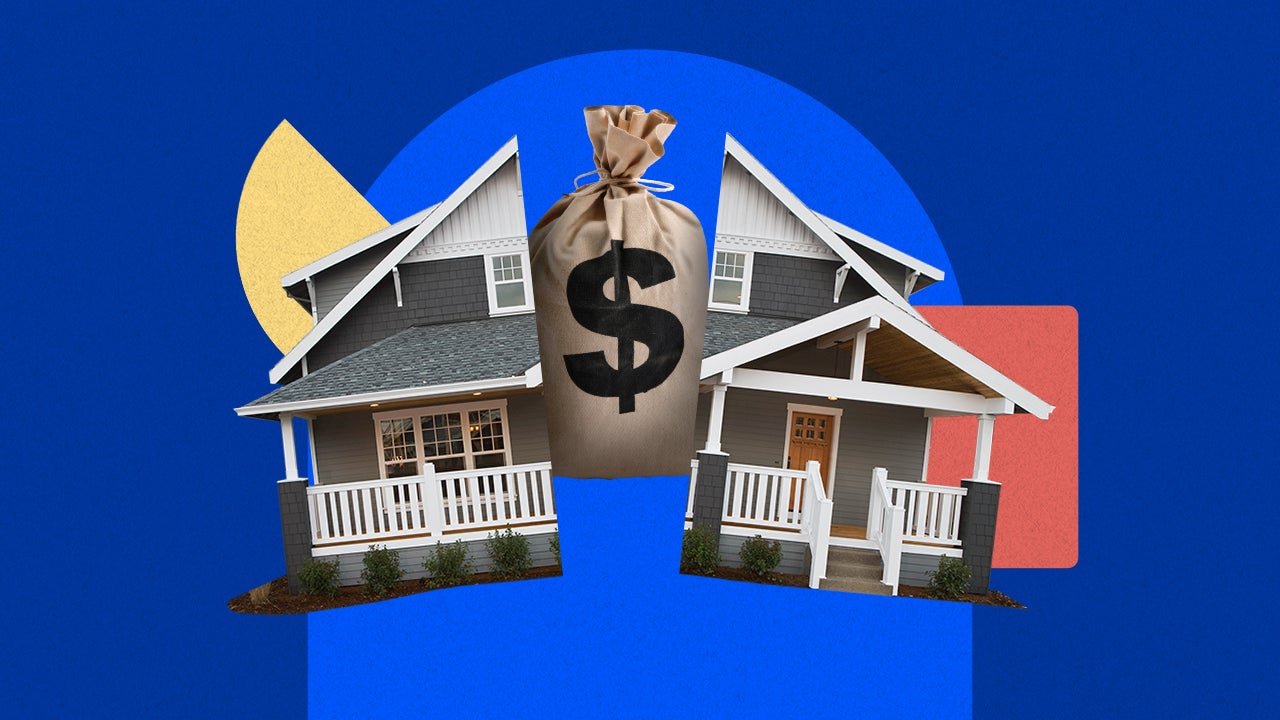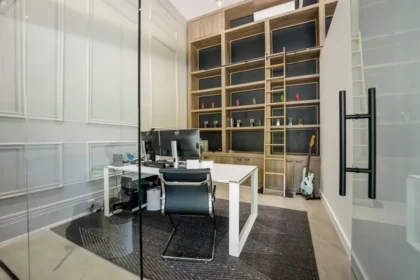Buying your first home is a big deal, and it can be both exciting and scary at the same time. The steps are mostly the same no matter where you buy in Canada, whether it’s Toronto, Vancouver, Calgary, or another city. You will have an easier time getting through this process if you know the main steps, the paperwork you need, and how to plan your finances. This detailed guide will show you everything you need to know to make the process as easy and stress-free as possible.
1. Checking to See if You’re Ready to Buy a House
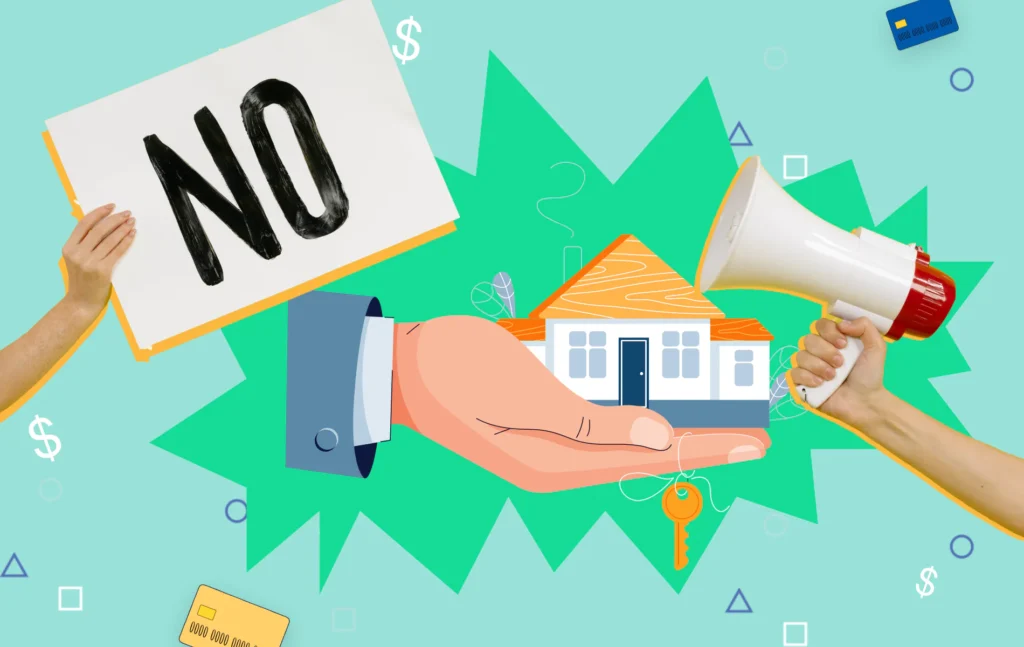
It’s important to check your finances before you start looking for a home. This means knowing exactly how much money you make, save, and owe. It also means thinking about your long-term goals and whether or not buying a home is a good idea for you right now.
Important Things to Think About:
- Financial Stability: Make sure you have a steady income that can cover your mortgage payments, taxes, and home repairs.
- Down Payment Savings: In Canada, homes that cost up to $500,000 need at least a 5% down payment. The minimum down payment for homes that cost between $500,000 and $1 million is 5% of the first $500,000 and 10% of the rest. If you want to buy a house that costs more than $1 million, you need to put down at least 20%.
- Credit Score: If you have a good credit score (usually 650 or higher), you may be able to get better mortgage rates. Look at your credit report and make changes if you need to.
In addition to the down payment, you should also plan for closing costs, legal fees, home insurance, and property taxes.
2. Knowing Your Budget and the Different Kinds of Mortgages You Can Get
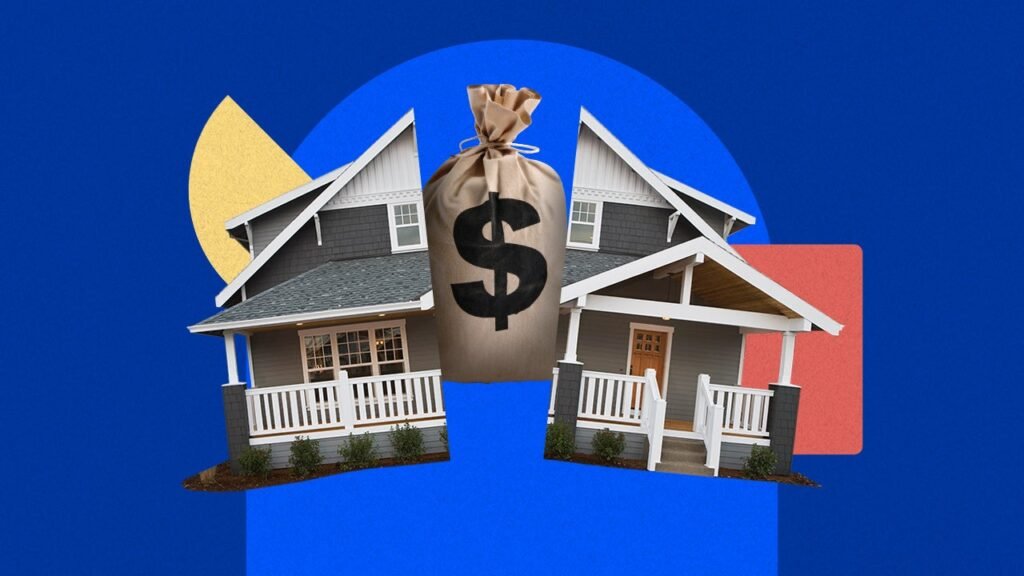
After you look at your finances, the next step is to learn about your budget and the different types of mortgages that are available in Canada. Knowing how much you can afford to borrow will help you choose the right home and not waste time looking at homes that are too expensive.
Different Types of Mortgages in Canada
- Fixed-Rate Mortgage: The interest rate on a fixed-rate mortgage stays the same for the whole term of the loan, which can be anywhere from 1 to 10 years.
- Variable-Rate Mortgage: The interest rate can change based on how the market is doing, so your payments could go up and down over time.
- Open vs. Closed Mortgage: With an open mortgage, you can pay off your mortgage early without any penalties. With a closed mortgage, you can’t pay off your mortgage early.
How Much Can You Afford to Pay for a Mortgage?
- Gross Debt Service (GDS) Ratio: This ratio helps you figure out if you can afford your mortgage. It shows how much of your income goes toward your housing costs (mortgage, property taxes, utilities). Your GDS should not be more than 32% of your gross income in most cases.
- Total Debt Service (TDS) Ratio: This is the sum of all your debt payments, including your mortgage and other debts. Most lenders would prefer this ratio to be no more than 40% of your gross income.
3. Getting a Mortgage Pre-Approved
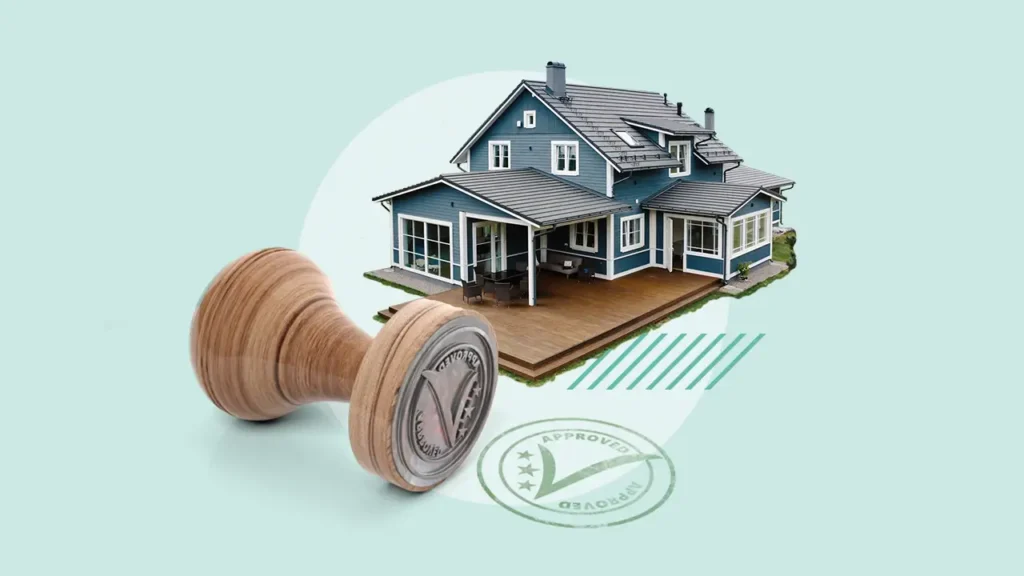
Getting pre-approved for a mortgage is a good idea before you start looking for a house. This will help you avoid falling in love with a house that you can’t afford and will also help you figure out how much you can borrow.
How to Get Pre-Approved:
- Give Financial Information: You will need to send in documents like your credit report, proof of income, tax returns, and information about your debts.
- Pick a Lender: You can get pre-approved by a bank, credit union, or mortgage broker who can look for the best rates for you.
- Get a Pre-Approval Letter: After you are pre-approved, the lender will send you a letter saying how much money you can borrow. This letter will be good for 60 to 120 days.
4. Picking the Right Kind of House
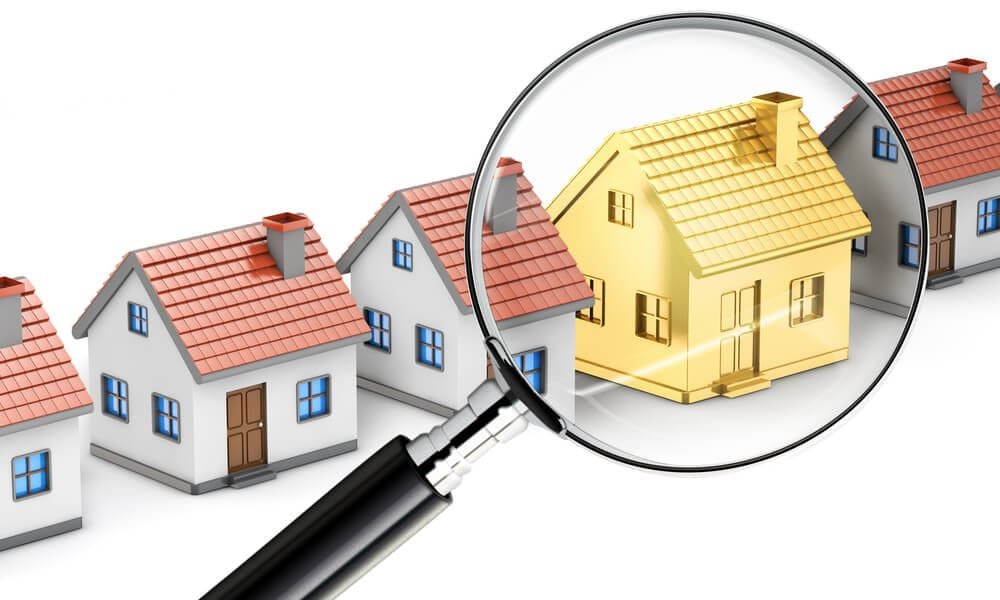
You need to figure out what kind of home will work best for you before you start looking for one. Your budget, where you want to live, and your lifestyle will all affect the kind of home you choose.
Types of Homes That Are Common in Canada
- Detached Homes: A house that stands on its own and doesn’t share walls with another house. These houses cost more, but they give you more space and privacy.
- Semi-Detached Homes: Two homes that share a wall are called semi-detached homes. They are a good compromise between living in a detached house and a townhouse.
- Townhouses: Townhouses are homes with more than one floor that share walls with other homes. They are usually less expensive than detached homes.
- Condominiums: Condominiums are apartments or units in a building that usually share amenities like gyms, pools, and security. In cities, condos are usually the cheapest option.
- Co-op Housing: A type of ownership in which people buy shares in a housing cooperative instead of their own property.
5. Choosing the Best Place

When buying a home, the location is one of the most important things to think about. It has an impact on both your home and your way of life. When picking a place, think about these things:
Key Considerations When Choosing a Location
- Proximity to Work or School: Think about how long it takes to get to work or school and how easy it is to get to public transportation.
- Safety and Crime Rates: Look up local crime rates to make sure you’re moving to a safe area.
- Nearby Amenities: Make sure there are grocery stores, hospitals, schools, parks, and places to play nearby.
- Future Development: Find places that could grow in the future. If you buy a home in a neighborhood that is growing, the value of your home will go up over time.
6. Getting Help from a Real Estate Agent

A professional real estate agent can be a huge help when you’re buying a home. They know a lot about the local market, the law, and how to negotiate.
What Agents in Real Estate Do
- Help You Find Properties: They will show you homes that fit your needs and budget.
- Negotiate Offers: An agent will help you make offers that are better than the ones other buyers are making and talk to sellers to get the best deal.
- Help You with the Paperwork: There is a lot of legal paperwork to fill out when you buy a house. A real estate agent can make sure that everything is done right.
- Give You Market Insights: They can help you figure out how much to charge, what’s going on in the market, and how much the property will be worth in the long run.
7. Making an Offer and Bargaining

It’s time to make an offer once you’ve found a home that meets your needs. Your real estate agent will help you make a competitive offer based on how the market is doing and what other homes in the area have sold for.
Parts of the Key Offer
- Price: It depends on your budget and the home’s market value.
- Conditions: Conditions are things that must be met before the sale can go through, like getting financing approved, having the home inspected, or selling your current home.
- Deposit: This is usually 1–5% of the offer price and shows the seller that you really want to buy the house.
8. Getting Your Mortgage Ready
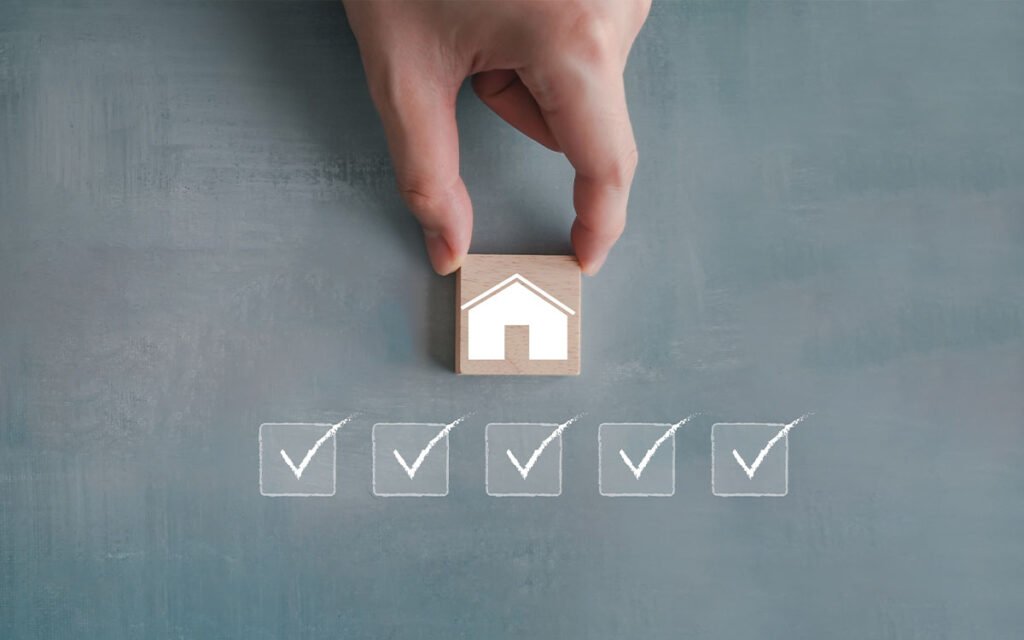
After your offer is accepted, the next step is to finish your mortgage. You will need to work with your lender to make sure that everything is ready for the mortgage to be approved.
Important Steps
- Appraisal: Your lender will probably want an appraisal to make sure the home is worth what you say it is.
- Mortgage Insurance: If you put down less than 20% of the house’s value, you will need mortgage insurance from the Canada Mortgage and Housing Corporation (CMHC).
- Locking in Your Rate: After you get your mortgage, you can lock in your interest rate to protect yourself from changes in the market.
9. Doing Inspections and Appraisals
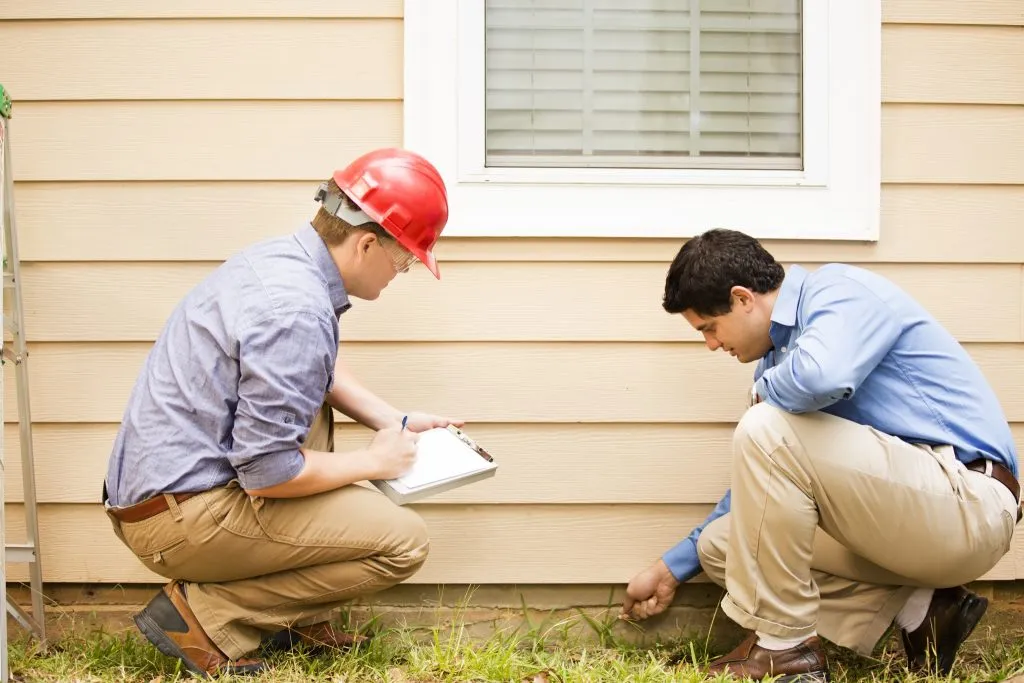
Before you sign the deal, you need to carefully inspect and appraise the property. This makes sure there aren’t any problems that could cost you a lot of money later on.
Common Inspections
- Home Inspection: A professional inspector will look at the foundation, plumbing, roofing, and other important parts of the house during a home inspection.
- Pest Inspection: This ensures that termites or other bugs aren’t causing problems that could damage the house’s structure.
- Septic Tank Inspection (if needed): If your home has a septic system, you need to make sure it is working properly.
10. Making the Deal
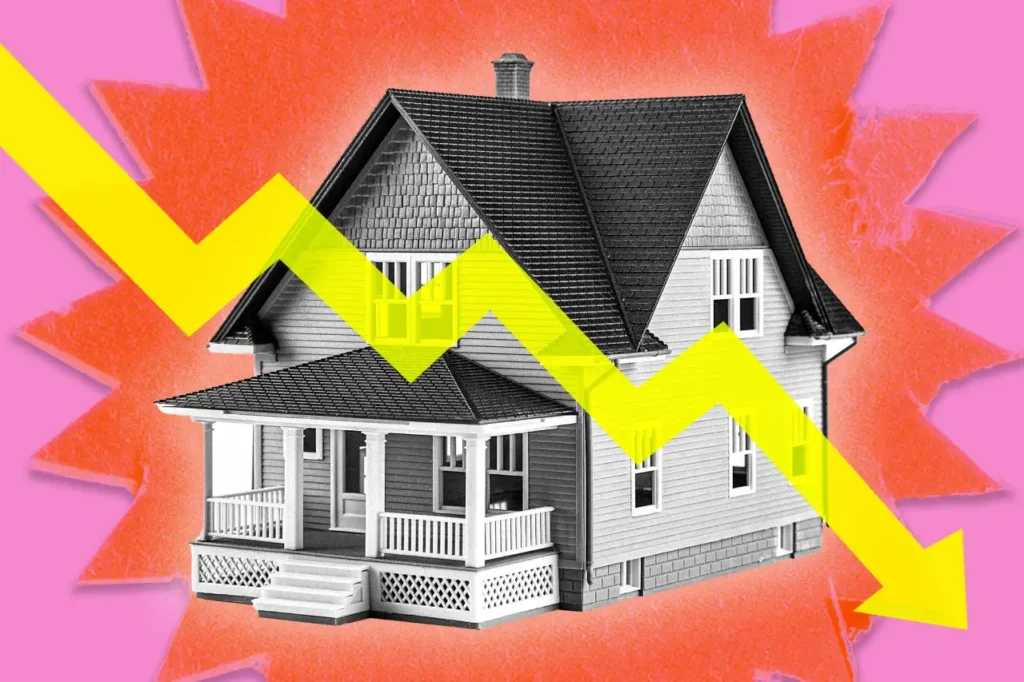
The closing process is when the seller gives the property to the buyer. This is when all the legal and financial work is done.
Steps to Close
- Look Over the Closing Statement: This paper lists all the costs of the deal, such as the purchase price, closing fees, and taxes that are still owed.
- Sign the Papers: After you read the closing statement and are happy with it, you will sign all the papers you need to, including the mortgage agreement.
- Transfer of Ownership: After everything is signed, you officially own the property. You’ll get the keys to your new house!
11. Getting Used to Your New Home
It’s time to move into your new home after the closing process. This part can be both fun and stressful, so it’s important to plan ahead.
Important Steps
- Change the Locks: It’s a good idea to change the locks after you move in for safety reasons.
- Set Up Utilities: Before you move in, make sure the electricity, water, gas, and internet are all working.
- Home Insurance: Make sure you have the right home insurance to protect your home and its contents.
In Conclusion
One of the most important financial decisions you’ll ever make is buying a house. You can make sure that buying a home goes smoothly and successfully by knowing the steps and getting ready ahead of time. This guide will help you confidently navigate the Canadian real estate market, whether you’re buying your first home or moving to a new area. Keep in mind that buying a home is more than just finding a place to live; it’s also an investment in your future.


